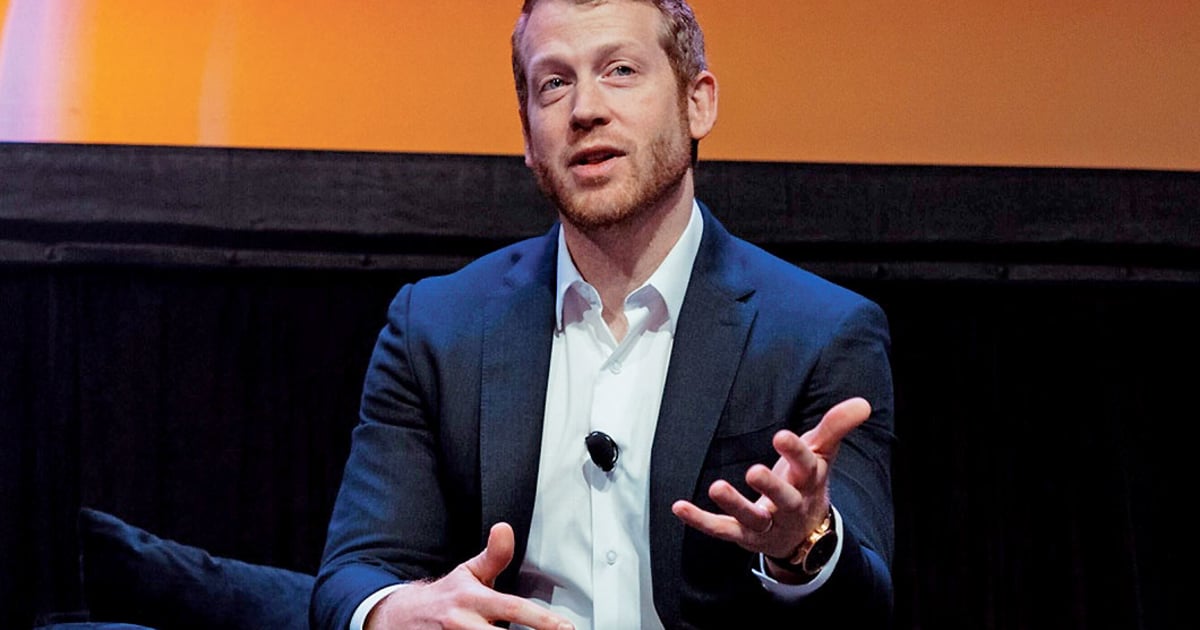
It’s not like I believe in deja vu, like, as a mystical, time-travel thing. But sometimes you get an eerie feeling, a recognition of a similar pattern that makes you think “this … reminds me of something.”
Sitting in Conference Room 5A of the Crain Communications building in Detroit recently, talking on a conference call with Kyle Vogt, the CEO of Cruise, I had one of those moments. At a time when conventional wisdom is that fully autonomous urban driving might just be too hard to be reliably achieved, he’s talking about expanding his robotaxi business in new cities, each one faster than the last — reaching much of America with a business as large as Coca-Cola before half of the new vehicle market goes electric.
I started to think: “(Profanity deleted): This could actually happen.”
I was somewhat transported to the glass-walled conference room of the Bloomberg News office in Southfield, Mich., in 2009. The notion of a General Motors Corp. bankruptcy was simply inconceivable: Bondholders would take over the company, breaking off contracts with dealers, suppliers and labor. The outcome could be a fresh start under new terms — but more likely it would mean auctioning off brand names and factory assets until there was nothing left but ruins and history.
Then some smart lawyers explained about Section 363 of the U.S. Bankruptcy Code that the U.S. government could use to engineer a restructuring for GM — and maybe for Chrysler — that could preserve the structures and connective tissues for the sake of stability.
It was definitely a (profanity deleted) moment: Something that once seemed impossible could really happen, a lot sooner than the world seemed ready for, and it would be a big deal.
Of course, a bankruptcy or other restructuring is a legal maneuver, malleable to political will and financial engineering. Making a car that drives itself is not something that can simply be declared or argued into existence through a court proceeding. It has to be executed in the real world.
And it is not easy.
Like any learning driver, Cruise has made mistakes. There was an injury accident just one day after the California Public Utilities Commission granted Cruise approval to charge for rides without a human driver on board.
(It reminded me of a good friend in high school who was stripped of his driver’s license the day it was issued, because he was caught speeding.)
There’s been at least one other injury accident and recently a recall. But no “serious injuries,” according to Vogt, and no fatalities in more than a million miles driven.
That sounds impressive, and it is. Though, even as bad as Americans have gotten at driving safely, human drivers kill someone about once every 77 million miles driven. So Cruise still has a way to go to prove it’s undoubtedly safer than a human driver. Still, it seems to be on the path.
In the wake of Argo AI closing up shop, views on robotaxis have soured: Too hard, going to take too long, may never work in the real world.
But here’s Vogt, expanding from San Francisco to Austin, Texas, and Phoenix and looking to add more cities in California.
“We’re no longer trying to prove that this technology works or even that we can do it inexpensively,” he said. “It’s about reaching scale and driving that top-line revenue and path to profitability. And that’s the appropriate place for our focus to be at this stage.”
The revenue growth goals, he acknowledged, are “eye-popping”: $1 billion in 2025, swelling to $50 billion by 2030.
Does that sound preposterous? Yeah, at least a little.
But Cruise has a shot: It offers the promise of a service that costs less than current options and should become more affordable, early results indicate powerful customer acceptance, it has a manufacturing partner ready to ramp up production of a vehicle specifically engineered for this purpose, and there are few direct robotaxi competitors.
So why not Cruise?
“We keep asking ourselves: What’s the thing that’s going to hold us back? And we try to find those, identify them and burn them down,” Vogt told us. “We’re just finding fewer and fewer.”
Of course, there are some big hurdles left, including winning regulatory acceptance, safely navigating snow and ice, traveling at highway speeds, maintaining cleanliness from ride to ride.
But it feels like these could be overcome. It just might be possible, even in this decade, for many Americans to get a cheaper, safer ride around town or even to own their own autonomous vehicle.
And that’s a big (profanity deleted) deal.

